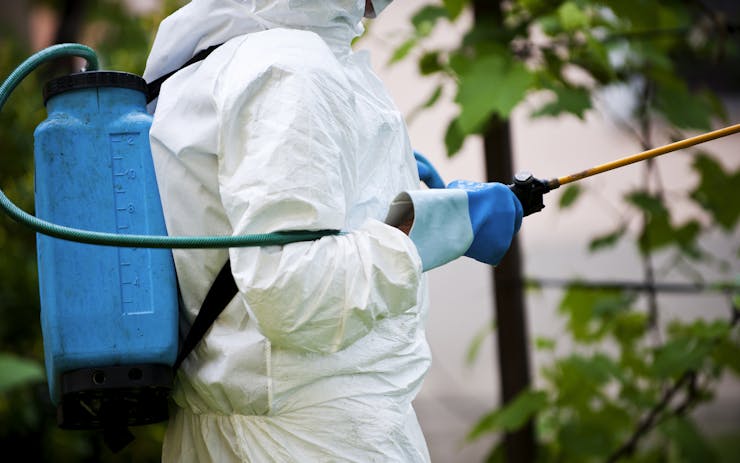California’s medical marijuana program has lacked sufficient regulations since its inception in 1996, but for the first time, the lack of regulations is having dire, even fatal consequences.
The first sign of trouble began with patients being treated for leukemia and lymphoma at the University of California, Davis Cancer Center. The patients were undergoing intensive chemotherapy, which compromised their immune system and left them susceptible to infections, but these patients were fairly young and doctors were optimistic about their chances of survival.
Both patients, however, developed a severe fungal infection. Before long, the fungal infection proved fatal for the patients.
Doctors set out to find out why.
The most likely culprit? Contaminated medical cannabis obtained to combat nausea caused by the cancer treatment. But medical cannabis is tested for safety, isn’t it? Not necessarily.
Recognizing the possibility of legalization on the horizon, California lawmakers cobbled together a hodgepodge mix of three Assembly bills to create a system of regulatory oversight for the long-running, vastly unregulated market. Assembly Bill 266 was drafted to protect patients and consumers, including a section on testing medical cannabis for potency and quality control, but the bill failed to take into account some of the hard-earned lessons from states that have traveled this path before.
Determined to uncover the cause of these fungal infections, Davis doctors worked with Steep Hill Laboratories in Berkeley to test a wide range of medical cannabis products from across the state and their findings were disturbing. Of the 20 samples gathered, 90 percent contained some kind of contaminant, including bacteria and pesticides.
Bacteria included:
- Klebsiella: can cause pneumonia, septicemia, meningitis, and other soft tissue infections.
- Acinetobacter: can cause pneumonia, skin and wound infections, bacteremia, and meningitis.
- Pseudomonas: is resistant to antibiotics and is the second most common infection in hospitalized patients.
- Escherichia coli (E. coli): can cause gastroenteritis, urinary tract infections, neonatal meningitis, hemolytic-uremic syndrome, peritonitis, mastitis, septicemia, and pneumonia.
These contaminants are alarming for any cannabis consumer, but for a patient suffering from an autoimmune disease or undergoing intensive treatment, introducing any or all of these contaminants into their system can easily prove fatal.
Shop highly rated dispensaries near you
Showing you dispensaries nearDangerous bacteria aside, researchers also found high levels of pesticides that have already been banned for use on cannabis in other legal states.
Myclobutanil is a fungicide, often known by the brand name Eagle 20. It is relatively safe when used on grapes and other fruits and vegetables. However, when Myclobutanil is heated or smoked, it produces a chemical called hydrogen cyanide, which is toxic for humans to inhale.
Colorado learned a hard lesson about Myclobutanil in 2015, when several marijuana cultivation sites came under fire for use of the controversial pesticide. Without federal oversight from the Environmental Protection Agency, however, it was up to the Colorado Marijuana Enforcement Division to create a mandated pesticide testing program and ensure that all cannabis was safe for human consumption.
Since then, Oregon, Washington, Massachusetts, and Nevada have followed suit in setting quality control testing standards on cannabis, but California’s testing regulations don’t go far enough. Both Assembly Bill 266 and Proposition 64 require testing for potency, but do not offer specifics for pesticide testing, and the testing requirements for “microbiological impurities” leave enough room for some serious bacteria to sneak by.
If California is committed to legal cannabis, medical or otherwise, and to ensuring the safety of the general public, it’s time for regulators to make some serious and specific changes to quality control standards, before the most vulnerable of medical marijuana patients are put at further risk. It may be too late for two UC Davis cancer patients but the time is never wrong to do what is right.





